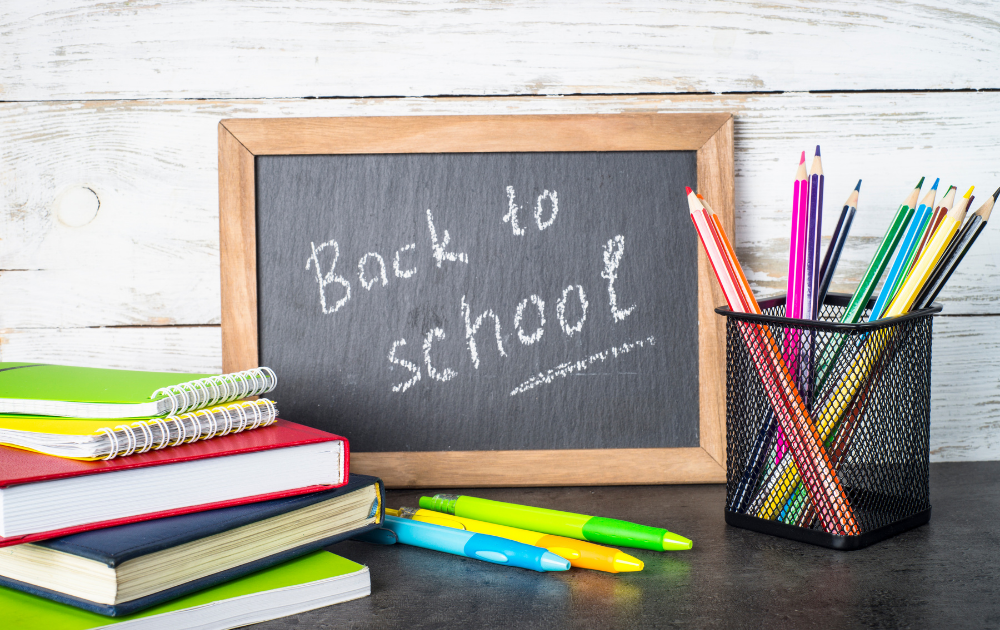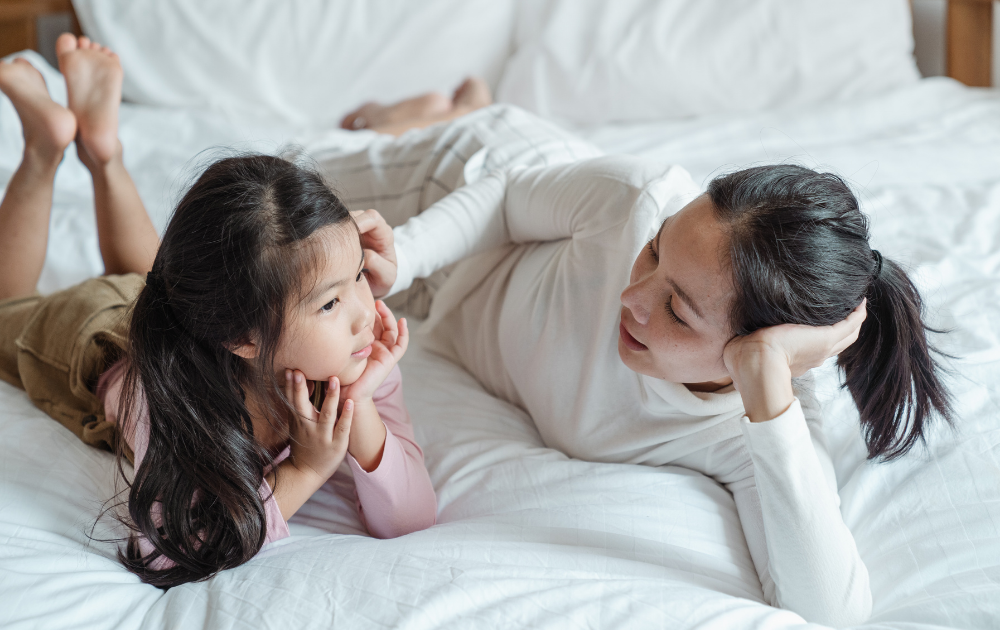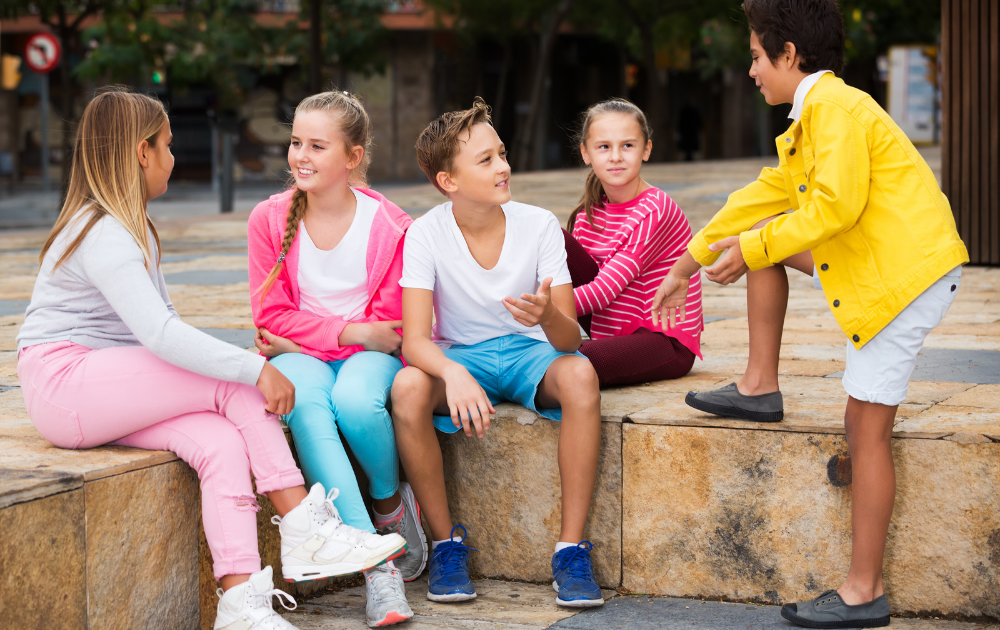
12 Aug Preparing Children For In-Person Learning: School’s Around the Corner, So Get Them Ready!
Children all over America are heading back to school for in-person learning. While parents are relieved that remote learning is largely over, in some states students are facing a hybrid — some classes in-person and others online. But whether your child is going to school in-person full time or doing a combination, they need to be prepared both physically and psychologically for the change.
Most parents are relieved that children are heading back to classrooms. When the virus struck and schools were closed so abruptly, few people had time to prepare for the switch. Many students and parents were overwhelmed by the challenges faced with learning online, as were many educators. Right across the country, there was a patchwork of styles that left some students stranded, trying unsuccessfully to navigate a tech approach to learning. And plenty of parents metaphorically drowned in a sea of work, education, child care and household responsibilities. A lot of experts say that, in the first months of the pandemic, student learning was an abject failure.
So, seeing children back in school is good for everyone, especially them, right? Yes, it is, but nonetheless they have to be prepared for the change. Although remote learning has not been positive for some children, it has become familiar, and familiarity breeds ease. And that means they need help adapting to the new routine they’ll face this autumn.
Here are some suggestions for helping your child be successful when they head back to school.
1. Prepare them for how schools have changed.
Some schools, depending on your location, will still require face masks and extra hygiene measures for all students and staff. Tell your child what these measures may entail, such as the teacher wearing full face protection; a hand sanitizing station in the hall; desks spaced farther apart, and even, perhaps, plexiglass barriers between students and teachers. Be sure that when you talk about these regulations, you stress they are to keep everyone safe, and that while the virus has diminished, it is not gone yet. There is no need for them to be afraid of any of the measures their school introduces, and they won’t be, if you deliver the news calmly and stress how positive and important they are.
2. Ask about their anxiety.

Even students who are looking forward to in-person learning may feel some nervousness about actually going. Talk with them about it, find out how and what they are feeling, and address those concerns. They may be wondering about social protocols, like whether hugging friends will be allowed. If they are worried that their favorite after school activities are on hold, be sure to explain why – close contact in sports may not be wise just yet; putting on a dance or other event may not be allowed, and many other restrictions might continue. It depends on where you live and the number of cases in your community. What matters is that your children have a clear understanding of how serious the virus is, why these steps are necessary (though temporary) and how they can help friends and neighbors avoid getting infected.
3. Help them get back into socializing.

It isn’t just physical muscles that atrophy when people don’t work out – social graces and knowing how to interact may have rusted, too, during the past 18 months of isolation. Talking with friends on social media is not the same as seeing them in person, and your child may be a bit nervous at the prospect. Before school begins, suggest having their friends over for a backyard visit or a barbecue, providing the gathering meets any public health guidelines still in place in your locale. Do whatever you can to bring your child face-to-face with their friends – safely – once again.
4. Keep your fears in check, and they will too.
If your child senses that you are nervous about them physically going back to school, it will make them nervous as well. Of course, it’s natural for parents to be concerned that schools may represent sources of infection, but keep your fears in perspective. Learn about the case count in your district. Ask the school about all public health measures it plans to institute. Consider equipping your child with a child safety kit, if you are truly concerned. (We will discuss those in an upcoming post). The bottom line here is, the more accurate information you obtain from credible sources the more relaxed you – and your child – will feel about them re-entering an actual building
Come the first day of school, everyone – parents, teachers, students and staff – will feel a little nervous after doing remote learning for more than a year. It’s only natural. But the more you talk to your child about this step, and the more ready they are psychologically, physically and socially, the better everyone will handle that important first week. And before you know it, your child will start wondering why they were ever uneasy about going back to school — real educational lessons in a real classroom!